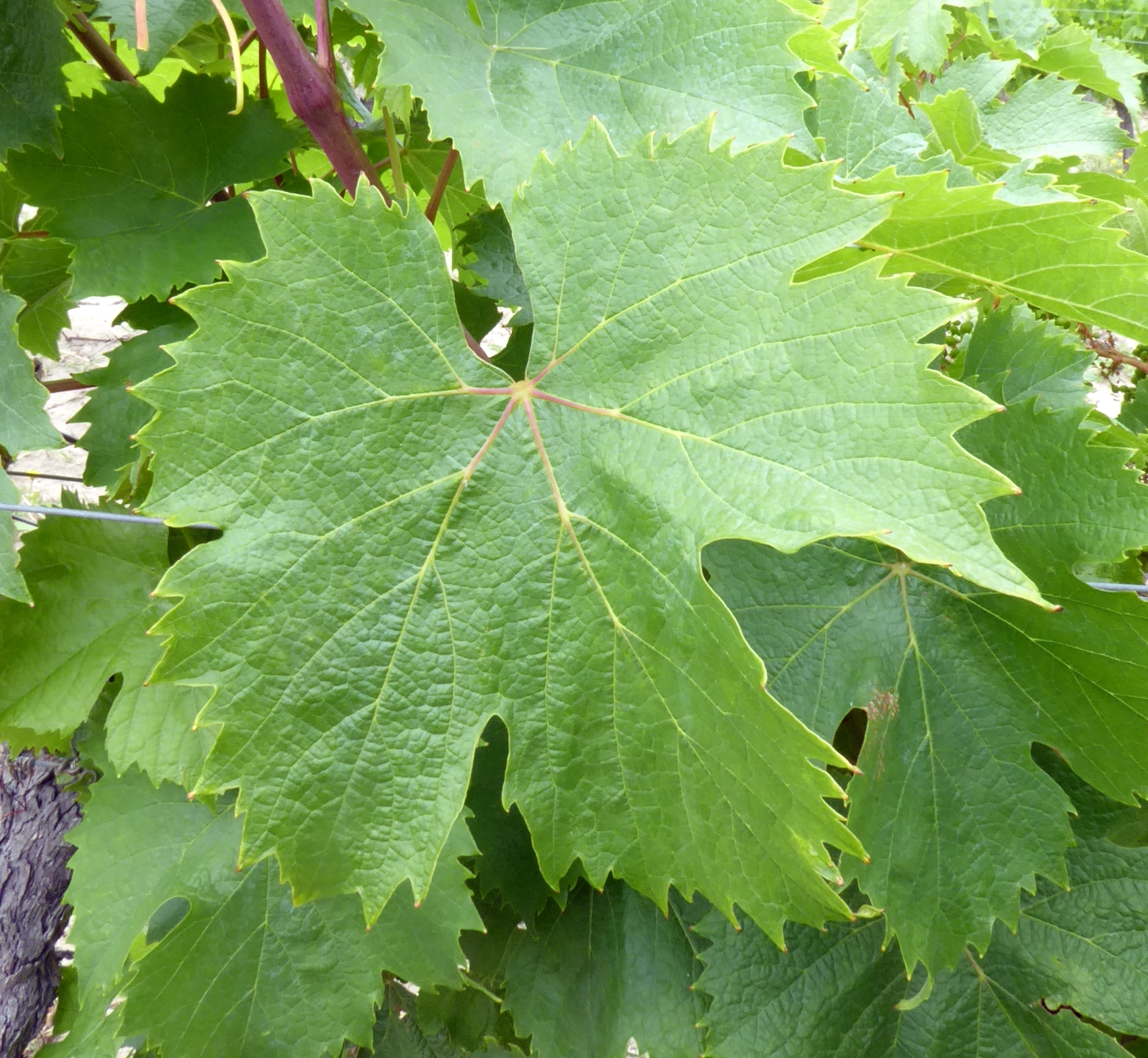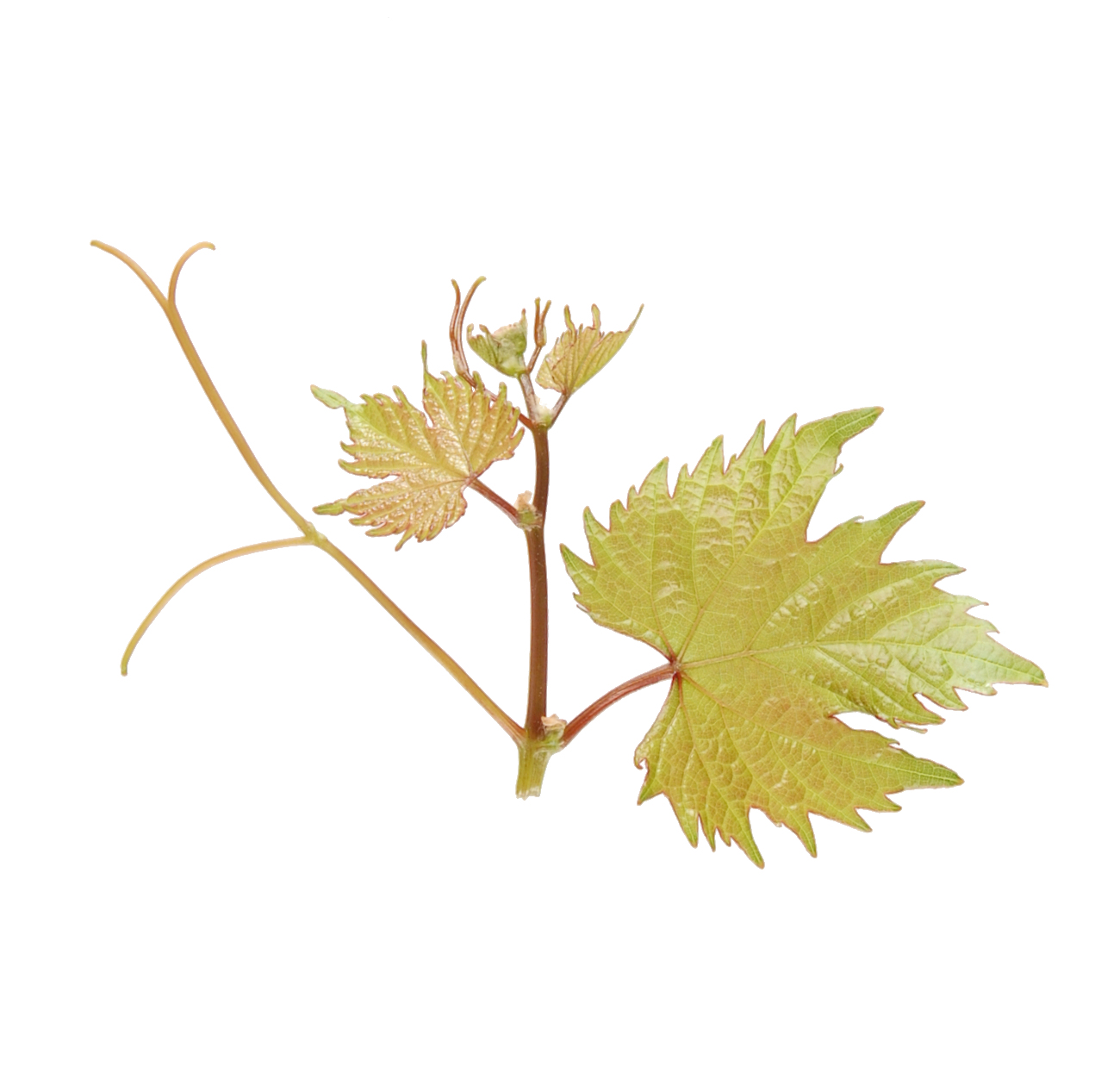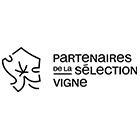Dousset
N
Wine grape variety.
The geographical origin of the variety is specified or, if this is not possible, the area in which it is traditionally cultivated. The genetic origin of the variety is also indicated whenever it is known from hybridiser data or from genetic analyses published or obtained by the teams at INRAE in Montpellier (UMR AGAP) and Vassal-Montpellier Grapevine Biological Resources Centre (CRB-Vigne).
This variety is originally from Savoie. Based on genetic analyses carried out in Montpellier, Dousset would be closely related to Gouais.
This information indicates the normal and statutory use for the grapes.
Wine grape variety.
Name under which the variety is officially registered in the catalogue of grapevine varieties in France and under which it may be propagated and disseminated.
Dousset
Recognised alternative names that may be used to identify the propagation material of the variety in France or in other member countries of the European Union.
There is no officially recognized synonym in France nor in the other countries of the European Union, for this variety.
This information indicates on which list the variety is registered (A or B), whether it is classified for wine grapes, and in which member countries of the European Union the variety is also officially registered (for more information, see the "Legislation" menu.
In France, Dousset is officially listed in the "Catalogue of vine varieties" since 2019 on the A list and classified.

- the tip of the young shoot with a low to medium density of prostrate hairs,
- the reddish young leaves,
- the shoots with red nodes and internodes,
- the medium to large, dark green adult leaves, with three or five lobes, a slightly open V- or U-shaped petiole sinus, long teeth compared to their width at the base with straight sides or with one side concave and one side convex, a moderate to strong anthocyanin coloration of veins, a flat or involute, blistered, slightly goffered leaf blade, and on the lower side of the leaves, a low density of erect and prostrate hairs,
- the round-shaped berries.
Genetic profile
The genetic profile of the variety is provided for the 9 microsatellite markers (or SSR markers) selected under the European programme GrapeGen06 (http://www.eu-vitis.de/index.php) and by the OIV. The absolute size values of the alleles may vary slightly from one laboratory to another, but the relative differences between the two alleles of one single microsatellite are constant. The genetic analyses were conducted by the INRAE Montpellier team (UMR AGAP) and the IFV’s Plant Material Centre.
| Microsatellite | VVS2 | VVMD5 | VVMD7 | VVMD27 | VRZAG62 | VRZAG79 | VVMD25 | VVMD28 | VVMD32 |
|---|---|---|---|---|---|---|---|---|---|
|
Allele 1 |
131 |
223 |
239 |
178 |
196 |
244 |
240 |
227 |
255 |
|
Allele 2 |
141 |
238 |
249 |
178 |
204 |
260 |
254 |
227 |
271 |
The data on suitability are the result of field observations or, if none are available, of bibliography mining and the study of bibliographic references.
Dousset can be very fertile and has a horizontal bearing. It is sensitive to millerandage.
These remarks are also the result of field observations or, if none are available, of bibliography mining and study of bibliographic references.
Dousset does not seem to be particularly sensitive to pests and diseases.
The growth stages indicated are the result of obsrvations made at the Domaine de Vassal Estate where the set of these varieties form a collection. The results are indicated compared to the Chasselas vine variety as a reference in order to make comparisons between years and different sites. As such, for information purposes, the dates for the Chasselas B growth stage at Domaine de Vassal are as follows: - Bud burst, 21 March (average over 50 years) - Grape maturity, 14 August (average over 50 years)
[drafting underway]
The size of grape clusters and berries indicated are based on the following scales: - Wine grape varieties Size : Very small Bunch (g) : ≤ 100 Berry (g) : 1 - Table grape varieties Bunch (g) : 150 Berry (g) : 2 - Wine grape varieties Size : Small Bunch (g) : 100 - 200 Berry (g) : 1,5 - 2 - Table grape varieties Bunch (g) : 150 - 250 Berry (g) : 2 - 3,5 - Wine grape varieties Size : Moderate Bunch (g) : 200 - 250 Berry (g) : 2 - 2,5 - Table grape varieties Bunch (g) : 250 - 400 Berry (g) : 3,5 - 5,5 - Wine grape varieties Size : Large Bunch (g) : 250 - 400 Berry (g) : 2,5 - 3,5 - Table grape varieties Bunch (g) : 400 - 700 Berry (g) : 5,5 - 8 - Wine grape varieties Size : Very large Bunch (g) : 400 Berry (g) : 3,5 - Table grape varieties Bunch (g) : 700 Berry (g) : 8 Remarks concerning the characteristics of the wines are generally based on tastings organised by juries of professionals.
Dousset's bunches are large, winged and compact. The berries are also large, simple-flavored, with a thick skin and a firm pulp. The juice yields are rather high. Dousset produces ordinary wines.
In this section, the list of certified clones is given. Information on clone conservatories is also provided.
There is no certified clone for this variety yet.
Bibliography
- Documentary collections of the Centre de Ressources Biologiques de la Vigne de Vassal-Montpellier, INRAE - Institut Agro | Montpellier, Marseillan, France.
- Dictionnaire encyclopédique des cépages et de leurs synonymes. P. Galet, 2015, Ed. Libre&Solidaire, France (under the name "Martin Cot rouge").
- Essai d'une ampélographie universelle. G. Rovasenda, 1881, France.
- Monographie des vignes, des cépages et des vins des deux départements de la Savoie. P. Tochon, 1887, France.





